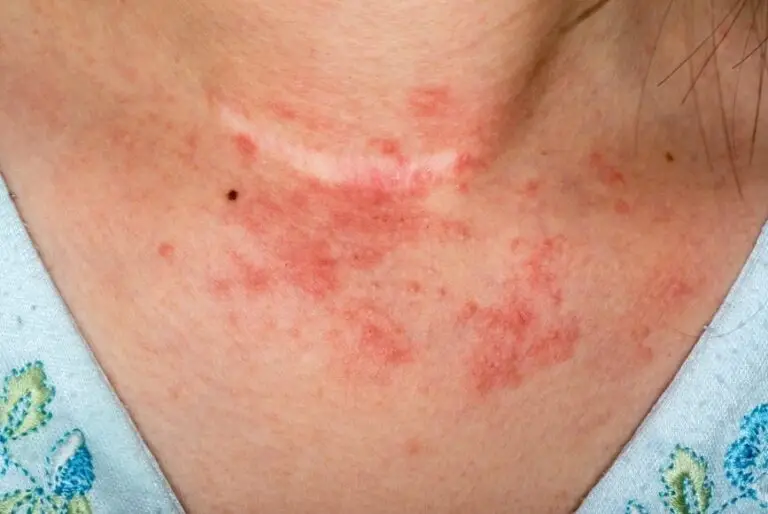
Candida albicans is a yeast/fungus that lives within all humans. Most of the time, it’s a quiet tenant, paying its microbial rent without causing trouble. But give it an inch—through antibiotics, stress, or a sugar-laden diet—and candida will take a mile, setting up fungal outposts in the gut, skin, and beyond. This overgrowth can lead to a range of unpleasant symptoms, which we’ll explore below.
Candida exists in the gut, skin, and mucous membranes without causing harm. However, when its growth surpasses normal levels, it can lead to significant health concerns. Factors such as antibiotic use, stress, and a high-sugar diet create an environment where Candida thrives.
Candida auris is an emerging fungal infection that is more resistant to treatments. Symptoms may include:


Standard medical tests may not always detect Candida overgrowth, as it can exist in varying levels throughout the body. A holistic assessment is often necessary for an accurate diagnosis.
A holistic approach focuses on eliminating overgrowth while strengthening the body’s defenses.

If you suspect Candida overgrowth, let’s chat! I offer a free 15-minute consultation to assess your symptoms and create a personalized plan.
For a deeper dive into how diet plays a crucial role in treating Candida, check out my guide to the Candida Diet & Treatment Plan here.
Candida overgrowth can manifest in a wide range of symptoms, but with the right naturopathic approach, it is possible to restore balance. By addressing diet, gut health, and immune function, you can achieve lasting relief and vitality.

Inefficient breathing (chronic over-breathing) is often the missing foundational habit that drives systemic stress, poor sleep, and anxiety.
Learn how to quickly normalise your breathing volume to calm your nervous system and improve your overall systemic health.